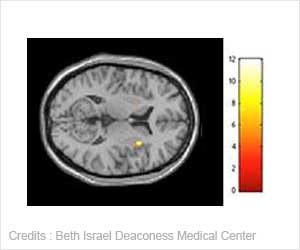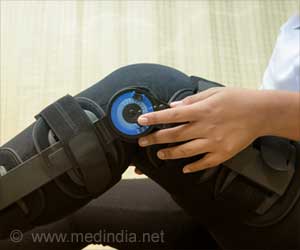Vision training plays a major role in restoring eyesight after brain and optic nerve damage, finds a new study.

TOP INSIGHT
Brain's attention network is a key element of vision restoration in hemianopia (blindness over half the field of vision).
"Knowledge in this field is still rather fragmentary, but recent studies have shown that vision can be partially restored by vision training, which improves the deficient visual field sectors," explains Prof.
Bernhard Sabel, Ph.D., Director of the Institute of Medical Psychology at Magdeburg University, Germany, co-investigator of the study. "Neuroimaging evidence supports a possible role of attention in this vision restoration."
The study confirmed this hypothesis by obtaining evidence from functional magnetic resonance imaging (fMRI) that visual training led to functional connectivity reorganization of the brain´s attentional network.
Seven chronic hemianopic patients with lesions of the visual cortex took part in vision rehabilitation training for five weeks. After the pre-tests, all received training sessions lasting one and a half hours per day for six days per week for five weeks. Each training session, lasting about 60 minutes, was composed of six blocks with 120 training trials each, during which participants had to respond to specially designed visual stimuli on a computer monitor.
After training, the patients had significantly improved visual function at the training location, and fMRI showed that the training led to a strengthening of the cortical attentional network connections between the brain region of the right temporoparietal junction (rTPJ) and the insula and the anterior cingulate cortex (ACC).
China. "However, it is unclear whether the rehabilitation of attentional networks is the direct result of training or the result of the rebalancing of bottom-up sensory streams, which should be investigated in future studies."
"This discovery that the brain´s attention network is a key mechanism in partially reversing blindness is an exciting advance in the field of restoring vision in the blind, and it opens up new avenues to design new therapies that are even more effective than current methods to help people with low vision or blindness," concludes Prof. Sabel.
Source-Eurekalert
 MEDINDIA
MEDINDIA
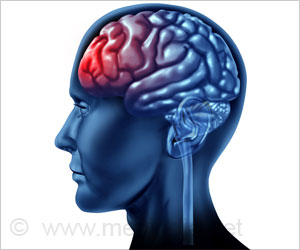

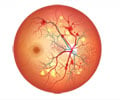
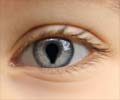
 Email
Email







